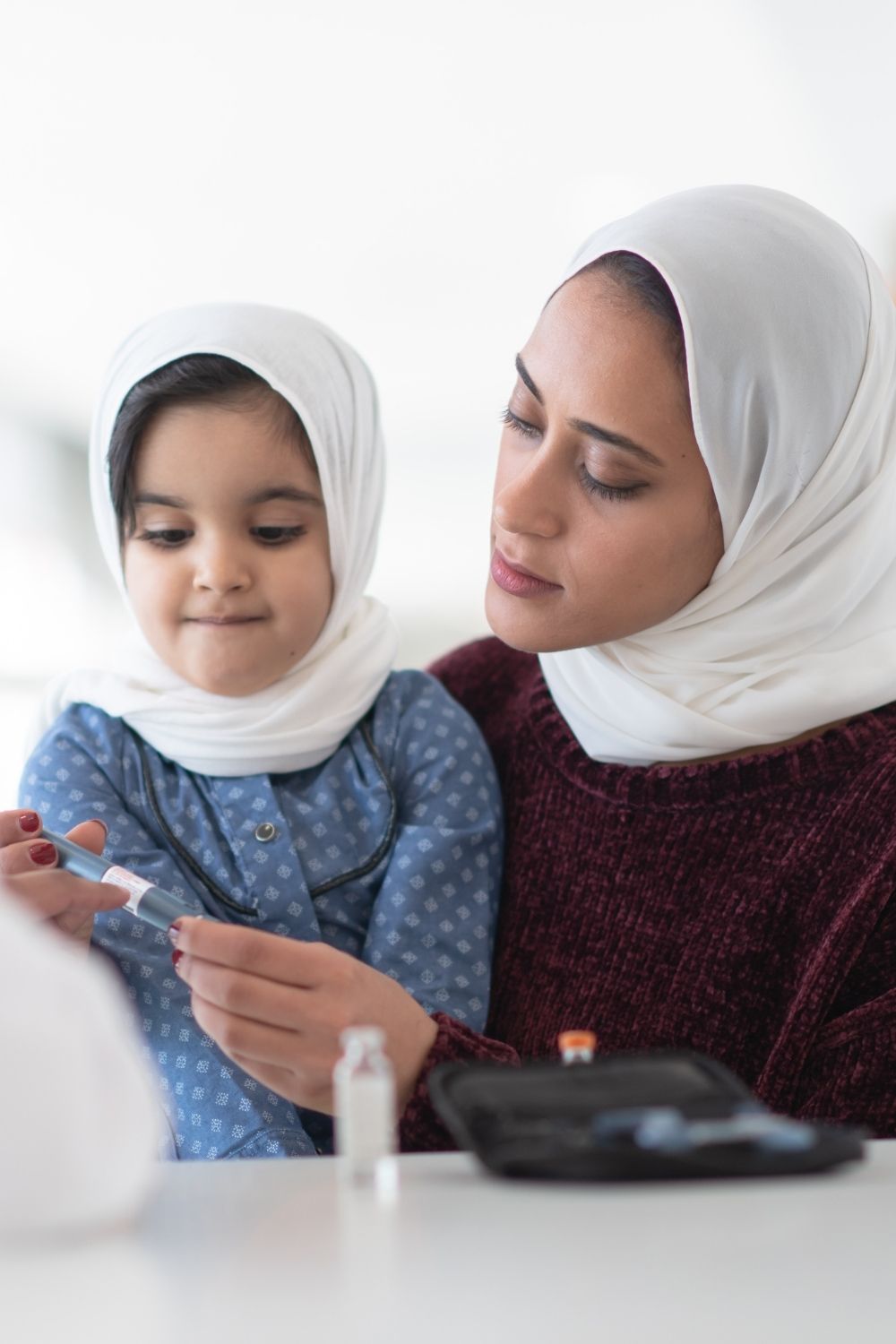November is Children’s Diabetes Month
Around 210,000 children and teenagers under the age of 20 years in the United States have diagnosed diabetes.
The ability to recognize the signs and symptoms of diabetes can help your child get diagnosed early, which in turn increases their chance of a better outcome through childhood and into adulthood.
Type 1 and Type 2 Diabetes
Type 1:
Previously called juvenile diabetes, this disease most commonly appears during childhood or adolescence and happens as a result of the pancreas being unable to produce insulin. Without insulin, sugar cannot move from the blood into the cells, which can result in high blood sugar levels.
Type 2:
Type 2 Diabetes is less common in young children, however it is still possible. Type 2 Diabetes is typically the result of these two issues:
- Cells in the liver, muscles and fat are resistant to insulin and as a result do not take in enough sugar to properly function.
- The pancreas cannot create enough insulin to regulate blood sugar levels.
Some children and teens with type 2 diabetes can be prevented and treated.
Warning Signs of Diabetes:
Early detection and treatment of diabetes are vital for reducing the risk of complications. Symptoms in children often develop quickly, sometimes manifesting over a period of just weeks, according to the Mayo Clinic. You might notice your child experience the following symptoms:
Frequent urination
Increased thirst
Irritability or moodiness
Breath odor
Weight loss
Even though your child is consuming more food and calories, she may begin to lose weight rapidly. This is often the first sign of Type 1 diabetes in children.
Extreme hunger
Because insulin is not transporting the blood sugar, or energy, to the cells, the child’s muscles and organs become “hungry,” which results in a large increase in appetite.
Fatigue and lethargy
How to spot Type 1 diabetes in your child
Three moms talk about their children’s Type 1 diagnosis, how to spot the symptoms and the importance of taking your child to a GP for an immediate blood glucose test if you spot any of the symptoms (toilet, tired, thirsty, thinner). From Diabetes UK.

